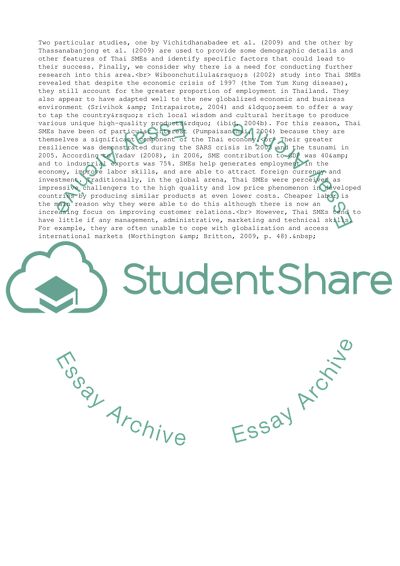Cite this document
(The Success Factors for Small and Medium Enterprises In Thailand Literature review, n.d.)
The Success Factors for Small and Medium Enterprises In Thailand Literature review. Retrieved from https://studentshare.org/business/1735697-chapter-2
The Success Factors for Small and Medium Enterprises In Thailand Literature review. Retrieved from https://studentshare.org/business/1735697-chapter-2
(The Success Factors for Small and Medium Enterprises In Thailand Literature Review)
The Success Factors for Small and Medium Enterprises In Thailand Literature Review. https://studentshare.org/business/1735697-chapter-2.
The Success Factors for Small and Medium Enterprises In Thailand Literature Review. https://studentshare.org/business/1735697-chapter-2.
“The Success Factors for Small and Medium Enterprises In Thailand Literature Review”, n.d. https://studentshare.org/business/1735697-chapter-2.


